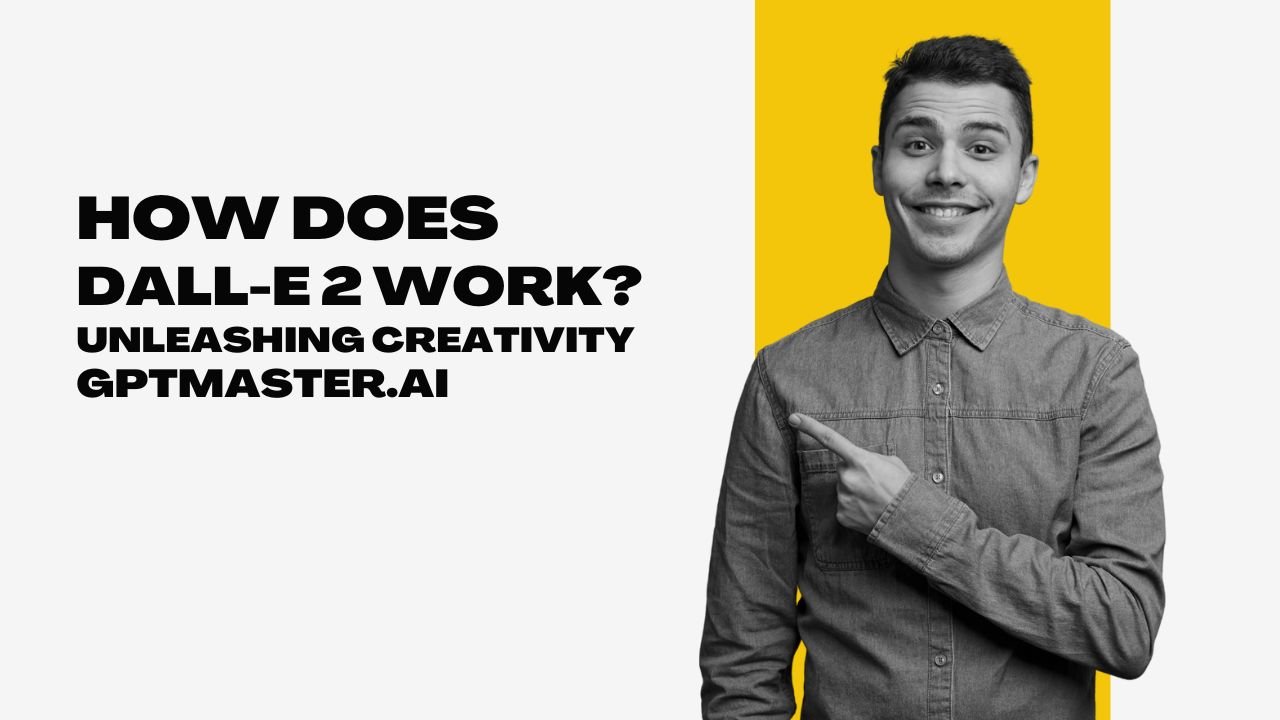Introduction
In the realm of artificial intelligence, DALL-E 2 emerges as a groundbreaking marvel, a true magician that can transform textual descriptions into vibrant, realistic images and art. This innovative system leverages advanced techniques, combining the power of text encoders, priors, and image decoders, culminating in a mesmerizing fusion of semantic understanding and visual representation. In this article, we will embark on a journey to unravel the intricacies of how DALL-E 2 works and explore its diverse applications in the realms of creative design, marketing, interpretability, and beyond.
SEE MORE : What is DALL-E 2? OpenAI’s Creative Image Generation AI
The Dance of Text Encoders and Representation Spaces
At the heart of DALL-E 2 lies a sophisticated dance between natural language and encoded representations. The process kicks off with a textual prompt, a description crafted in everyday language. This prompt is fed into a text encoder, a specialized neural network trained to map the nuances of the text into a representation space. This representation space acts as a bridge, capturing the essence of the textual prompt in a form that the subsequent stages of the system can comprehend.
The Pivotal Role of Priors: Mapping Text to Image Encoding
Following the encoding of textual descriptions, DALL-E 2 introduces the concept of priors. Priors, in this context, serve as intermediaries, mapping the text encoding to a corresponding image encoding. This critical step involves the translation of semantic information embedded in the textual prompt into a visual language. The prior, akin to a skilled translator, ensures that the nuances, concepts, and attributes conveyed in the text are faithfully represented in the upcoming image generation phase.
Stochastic Symphony: Image Decoding and Generation
With the textual prompt encoded and the semantic information mapped to image encoding, DALL-E 2 orchestrates the final act – image decoding and generation. An image decoding model takes center stage, employing stochastic processes to generate images that mirror the semantic richness of the original text. This stochasticity injects an element of randomness, allowing for the creation of diverse and original visual manifestations of the textual prompt. The result is a captivating fusion of language and imagery, a testament to the prowess of DALL-E 2 in the realm of artificial creativity.
Fusion of Power: Diffusion Model and CLIP Integration
DALL-E 2 elevates its image generation capabilities through the integration of a diffusion model and collaboration with the CLIP model. The diffusion model enhances the quality of generated images by intelligently integrating data, creating a smoother and more coherent visual experience. Collaborating with the CLIP model further enriches the process, incorporating a deeper understanding of context and content. This synergy empowers DALL-E 2 to produce images that not only align with the textual prompt but also resonate with a higher level of visual fidelity.
MUST READ : Is Amazon Q Chatbot Safe? A Look at Its Security and Privacy Features
The Canvas of Possibilities: Use Cases of DALL-E 2
The versatility of DALL-E 2 transcends mere image generation; it opens a vast canvas of possibilities across various domains. Let’s explore some of the compelling use cases where DALL-E 2 flexes its creative muscles:
1. Creative Design and Art
DALL-E 2 becomes a virtuoso in the hands of artists and designers, offering a novel avenue for creative expression. By translating textual ideas into vivid visual representations, it becomes a tool for ideation, inspiration, and the exploration of new artistic frontiers.
2. Marketing and Advertising
In the competitive landscape of marketing and advertising, visual appeal is paramount. DALL-E 2 emerges as a game-changer, enabling marketers to breathe life into their campaigns by translating marketing copy into captivating visuals. It provides a fresh approach to storytelling through images, enhancing brand communication and engagement.
3. Interpretability and Control
Understanding the inner workings of AI systems is a crucial aspect of their adoption and trust. DALL-E 2 embraces interpretability, allowing users to trace the transformation of textual prompts into images. This transparency empowers users with a level of control, fostering trust in the capabilities of the system.
4. Limited Understanding of Real-World Constraints
DALL-E 2 showcases its adaptability by addressing real-world constraints. It navigates limitations and refines its output to align with practical considerations, making it a valuable tool in scenarios where adherence to real-world constraints is paramount.
Conclusion
In the grand tapestry of artificial intelligence, DALL-E 2 stands as a testament to the incredible strides made in merging language and imagery. Through the seamless coordination of text encoders, priors, image decoders, and the infusion of advanced models like CLIP, DALL-E 2 redefines the boundaries of creative expression. Its applications, ranging from artistic endeavors to practical marketing solutions, underscore the transformative potential of AI in shaping our visual experiences. As we witness the continued evolution of such systems, we can only anticipate a future where the collaboration between human creativity and artificial intelligence yields even more astonishing results.

